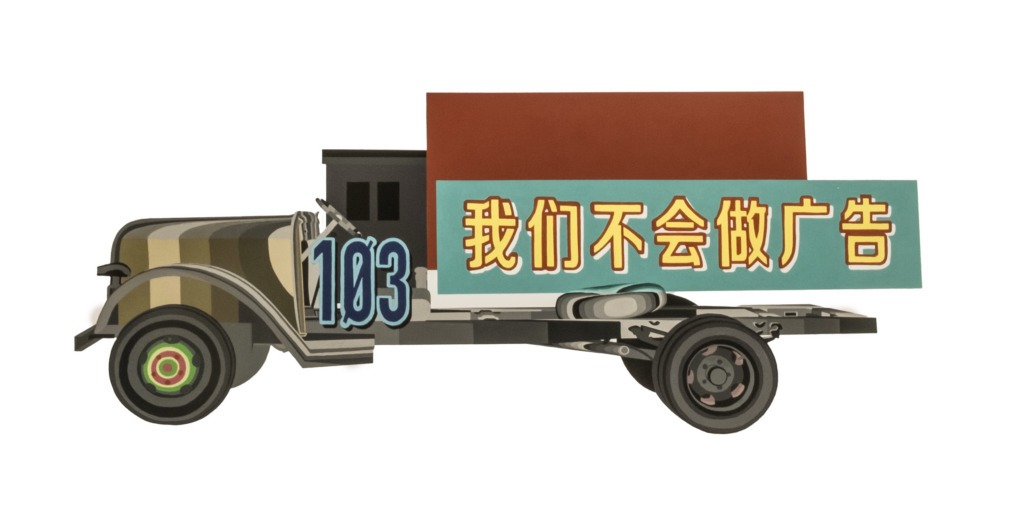
Walking-Sticks
Hans Christian Meyer – called “Stockmeyer” – made walking sticks. His starting materials were whalebone, bamboo, sugar cane and later rubber. Soon, ivory knobs were also part of Stockmeyer’s product range. The entrepreneur was a pioneer not only in the use of novel, “exotic” materials from overseas. In 1837, he was one of the first major industrialists in Hamburg to use steam engines and provided health insurance for his workforce.


Bales of natural rubber
With the advent of synthetic products, natural rubber (caoutchouc) lost its economic importance. The German Empire became the leader in the development of plastics. It had fewer colonies than its rivals and thus also fewer raw materials to process. Germany´s chemical industry sought to compensate for this shortage.


Wardian Case
The British naturalist and biopirate Henry Wickham smuggled 70,000 rubber seeds from Amazonia to London. At Kew Gardens, the botanical gardens in London, he succeeded in raising 2,000 seedlings. These seedlings were transferred to British plantations in Southeast Asia and Africa. In this way, England was able to secure its industrial demand for rubber.

Fordlandia
The half-hour film of Smith take us into the Brazilian jungle. In the first half of the 20thcentury, this site defied a spectacular attempt at industrialization. In the 1920s, Henry Ford pursued the idea of growing rubber in the Amazon jungle and having it directly processed in a huge factory complex, employing several thousand indigenous workers. From rubber tires to machine technology, rubber was an indispensable part of modern industry. Ford’s plans failed for a series of reasons. The workers sabotaged the importation of American small-town life (including bad food), while the seedlings were planted too densely and unintentionally created biotopes for plant pests and poisonous snakes. In contemplative pictures, Smith studies the huge industrial ruins and creates a visual epic about the resistance capacities of nature.


»African Terminal« Transaction II
Team: African Terminal Business School African Termial Photos: Robin Hinsch, Daniel Ladnar, Tim Kaiser


Jürgen Stollhans
Jürgen Stollhans: Weit werden wir nicht kommen (We won´t be coming far), 2018
Emulsion paint on canvas
Courtesy the artist


Hercules Sägemann Advertisement
Before the British cultivated rubber trees in Southeast Asia, natural rubber mostly came from the Amazon. In a telling contrast to the realities of rubber production, the poster shows a small indigenous family going about their work in an almost bourgeois, idyllic manner.


Hercules Sägemann Advertisement
The traditional Hamburg company “Hercules Sägemann” emerged from a subsidiary of H.C. Meyer (“Stockmeyer“). The foundation owed itself to chance. Experiments with hard rubber, a new material at the time, proved its particular suitability for combs. And so the Meyers founded their own comb factory. Even today, Hercules Sägemann still manufactures combs made of natural rubber, which have no cast seams and are particularly elastic. They are very popular with the African hair community, as evidenced by numerous YouTube tutorials.
Oversized comb for advertising purposes, Hercules Sägemann (New York Hamburger-Gummi Waaren Compagnie), Hamburg, Germany, early 20th century, Ebonite (natural rubber). Courtesy of the Museum der Arbeit, Hamburg


Plastic Bowl


Objects in Gutta Percha
A new invention was presented at the first World Exhibition in London: industrially produced furniture and everyday objects made of rubber. This ornamental excess was a thorn in the side of the architect and art theorist Gottfried Semper, who advocated “material-appropriate” design:
“An important natural material has only recently brought about a kind of revolution in the whole wide field of industry, due to its strange flexibility, with which it lends itself to all purposes. I am referring to gum elasticum or rubber, as it is called in Indian, whose stylistic field is the widest that can be conceived, since its almost unlimited sphere of action is imitation. This material is, as it were, the monkey among the useful materials….With such a material, a stylist’s mind stands still!” (Gottfried Semper: Der Kautschuk das Factotum der Industrie, in: ders.: der Stil in den technischen und tektonischen Künsten. Or practical aesthetics. A handbook for technicians, artists and art lovers, 1860).
Objects in Gutta Percha by the Gutta Percha Company, The Great Exhibition, London, England, 1851, photography by Claude-Marie Ferrier. Courtesy of Royal Collection Trust


Transatlantic Telegraph Cable
Direct communication between Europe and the USA was made possible by a copper cable that ran under the Atlantic Ocean. It was protected from the salt water by a triple layer of insulation made of gutta – a type of latex that originated in Malaysia.


Hercules Sägemann Pocket Styler
The traditional Hamburg company “Hercules Sägemann” emerged from a subsidiary of H.C. Meyer (“Stockmeyer”). The foundation owed itself to chance. Experiments with hard rubber, a new material at the time, proved its particular suitability for combs. And so the Meyers founded their own comb factory. Even today, Hercules Sägemann still manufactures combs made of natural rubber, which have no cast seams and are particularly elastic. They are very popular with the Black community, as evidenced by numerous YouTube tutorials.
